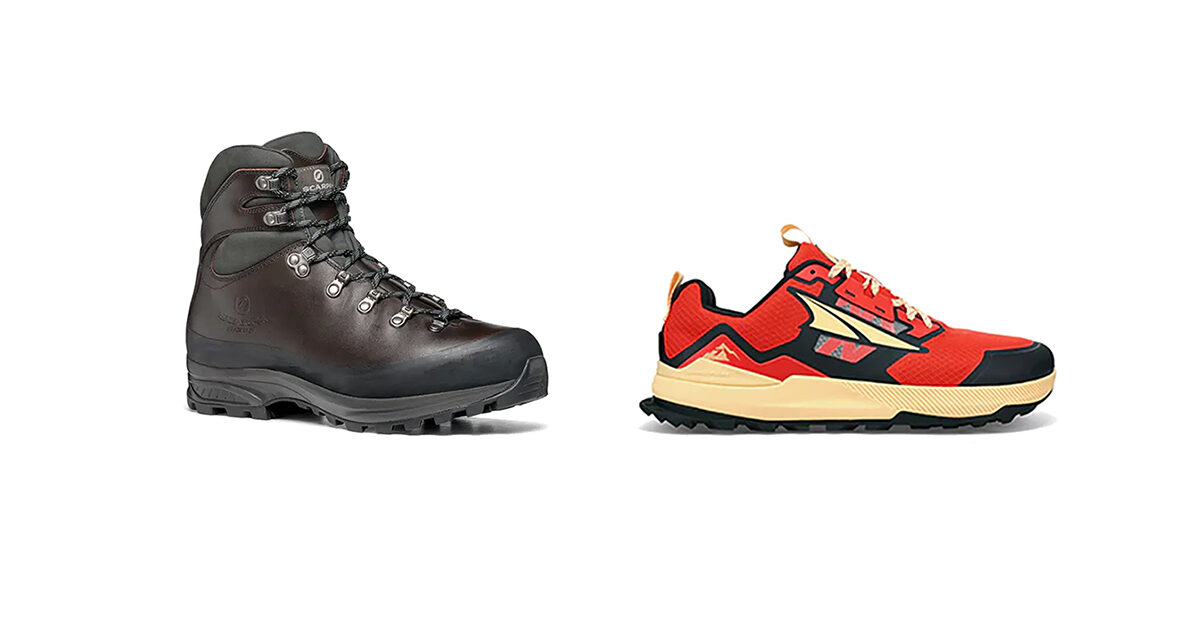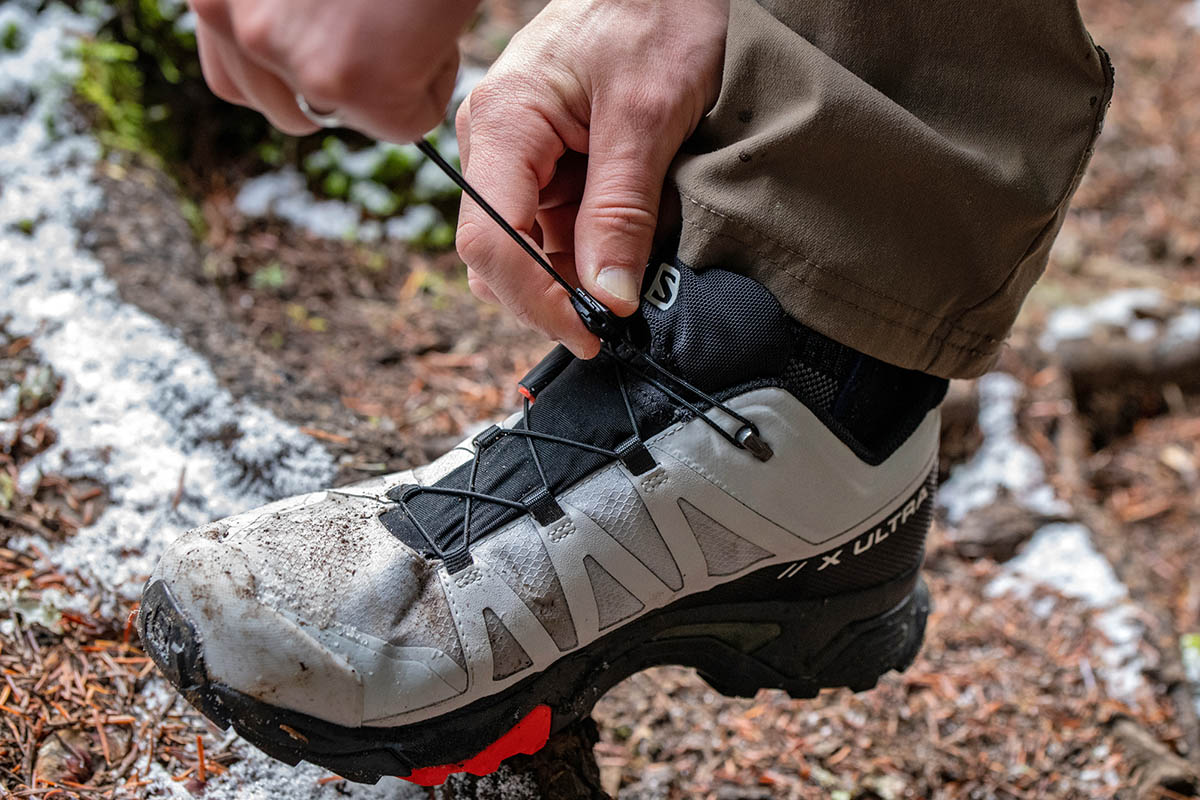Choosing the right footwear for your outdoor adventures can significantly affect your experience, performance, and safety. In this comprehensive guide, we will delve into the differences between trail running shoes and hiking shoes, helping you to make an informed decision based on your specific activities and terrain. With insights tailored for recreational enthusiasts and seasoned adventurers alike, this article is your go-to resource for understanding which type of shoe will suit your needs best.
Understanding the Basics: Trail Running Shoes vs. Hiking Shoes
Before we dive deeper into the nuances, let’s clarify what each type of shoe is designed for:
What Are Trail Running Shoes?
Trail running shoes are specifically designed for running on off-road terrain. They typically feature lightweight materials, a snug fit, and aggressive outsoles to provide traction on varying surfaces.
What Are Hiking Shoes?
Hiking shoes, on the other hand, are constructed to provide support and stability for walking long distances on rugged trails. They are often heavier, with more cushioning and support for the ankle.
Comparison of Key Features
| Feature | Trail Running Shoes | Hiking Shoes |
|---|---|---|
| Weight | Lightweight | Heavier |
| Cushioning | Minimal | More cushioning |
| Ankle Support | Low | High |
| Tread Pattern | Aggressive for traction | Varied for stability |
| Purpose | Running | Walking/ Hiking |

Why Choose Trail Running Shoes?
Benefits of Trail Running Shoes
- Lightweight: Ideal for speed and agility.
- Breathability: Often made from mesh materials for better airflow.
- Traction: Designed with specific tread patterns to grip uneven surfaces.
Ideal Scenarios for Trail Running Shoes
- Racing on trails
- Short-distance runs in varied terrains
- Workouts that require quick changes in direction
.jpg)
Reasons to Opt for Hiking Shoes
Advantages of Hiking Shoes
- Support: More ankle support to prevent injuries.
- Durability: Built with tougher materials for rugged use.
- Comfort: Enhanced cushioning for long distances.
Best Uses for Hiking Shoes
- Long hikes on rocky terrains
- Backpacking trips with heavy loads
- Multi-day outdoor adventures

Comparing Performance: Which One Suits Your Activity?
Terrain Considerations
Understanding the terrain where you’ll be running or hiking is crucial to making the right footwear choice.

- Rocky and Uneven Trails: Hiking shoes provide better protection and support.
- Soft, Muddy, or Loose Soil: Trail running shoes offer superior traction.
Weather Conditions
The weather can greatly impact the performance of your shoes. Consider the following:

- Wet Conditions: Look for shoes with waterproofing if you plan on hiking or running in the rain.
- Hot Weather: Choose breathable options to keep your feet cool and dry.
Local Insights: Where to Buy and Try Footwear

Top Retailers in the USA
When shopping for trail running shoes or hiking shoes, consider local outdoor specialty stores. Here are a few popular ones:
- REI – A great resource for a variety of outdoor gear.
- The Clymb – Often provides discounts on premium brands.
- Backcountry – Online shopping for all outdoor needs.
Cultural Experiences: Trail Running and Hiking Communities

Joining local clubs can enhance your experiences and knowledge about the footwear that’s best for you.
Trail Running Groups
In states like Colorado or California, trail running groups organize weekly runs, bringing together enthusiasts of all levels. This is not only a great way to discover new trails but also to learn about which shoes work best for various terrains.
Hiking Clubs
Joining a hiking club can expose you to knowledge about hiking shoes. Groups often test gear on excursions, making it easier for you to find the right footwear.
Tips for Choosing the Right Footwear
1. Try Them On
Make sure to try on both types of shoes. Walk and run around the store to gauge comfort and fit.
2. Consider Your Activities
Choose shoes based on whether you’re more likely to run, hike, or a combination of both.
3. Read Reviews
Check reviews to see how others have experienced the shoes in similar conditions.
FAQ: Trail Running Shoes vs. Hiking Shoes
Can I use trail running shoes for hiking?
Yes, many people use trail running shoes for hiking, especially on less rugged trails where ankle support is not as crucial.
Are hiking shoes suitable for trail running?
Hiking shoes can be used for trail running, but they may be heavier and less responsive than specialized trail running shoes.
What should I look for in waterproof shoes?
When looking for waterproof shoes, consider those with Gore-Tex or similar waterproof membranes, as these materials help keep your feet dry.
Conclusion
Whether you choose trail running shoes or hiking shoes, understanding their key differences can help you make the right choice for your outdoor adventures. Both types offer unique benefits tailored to specific activities, and selecting the right pair can enhance your experience on the trails.
External Resources
For further reading, check out the following resources: